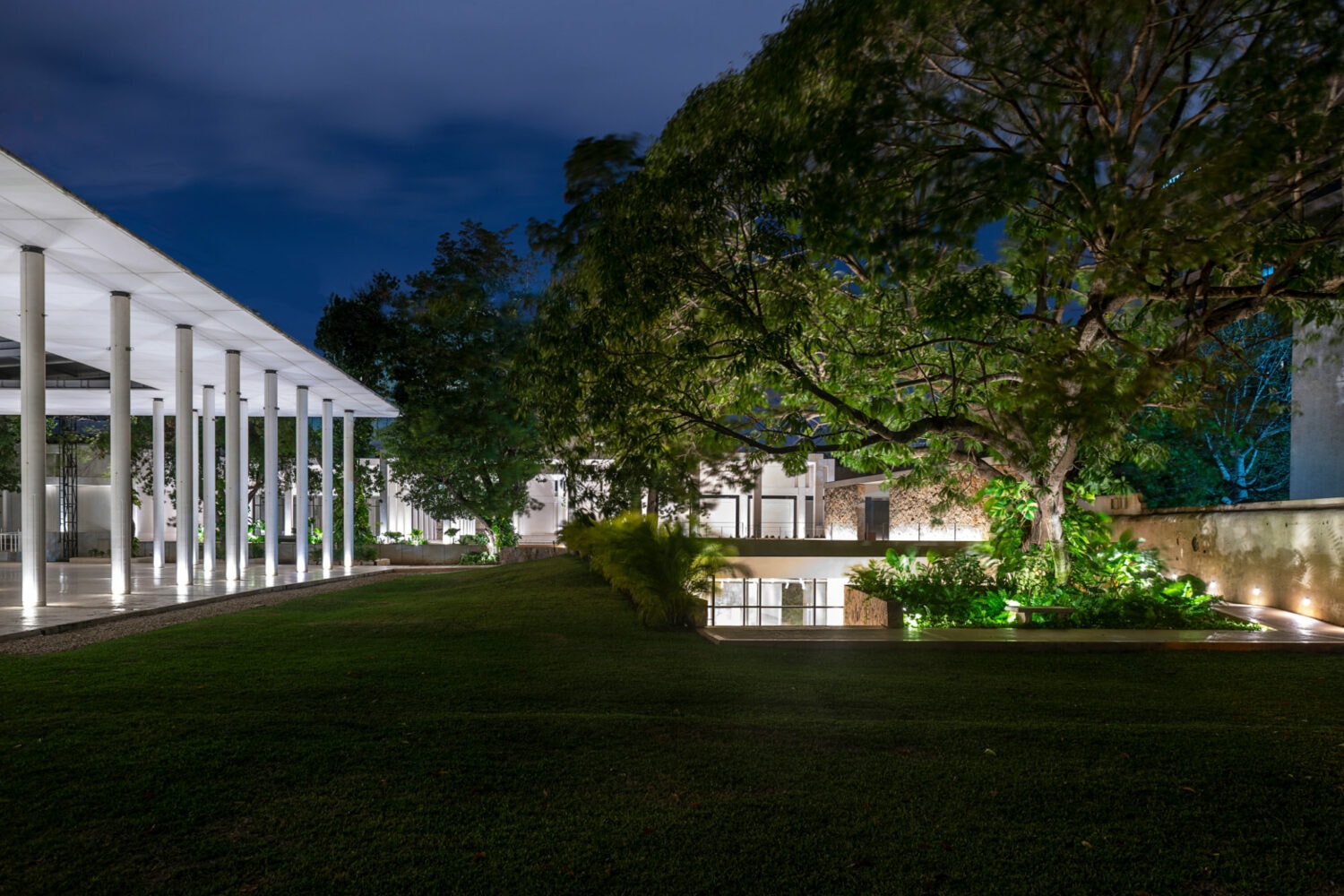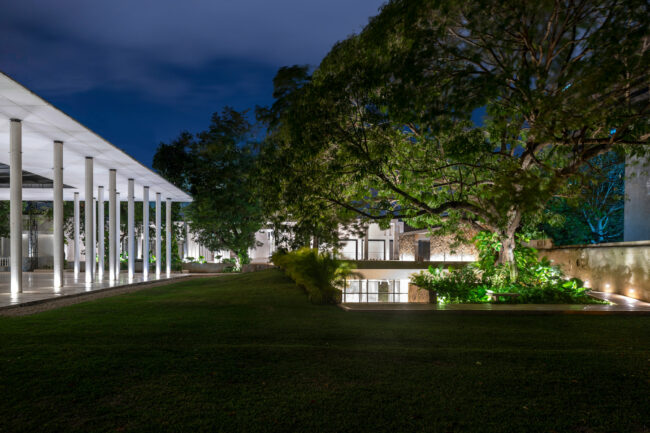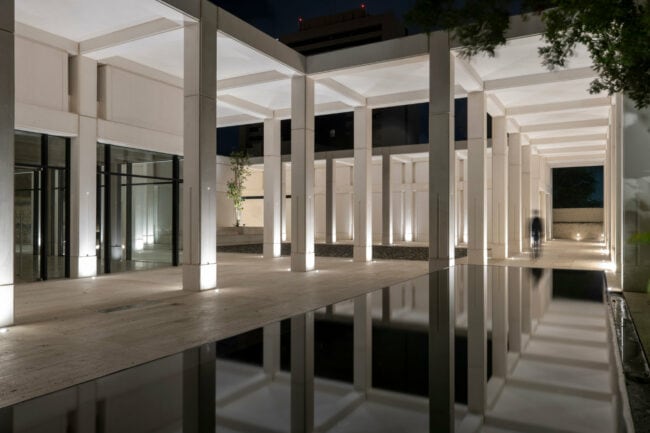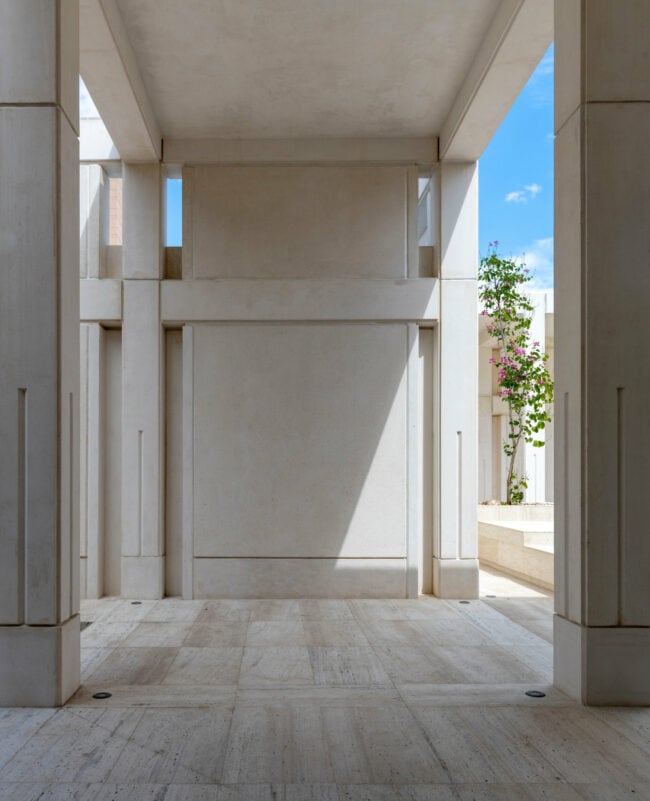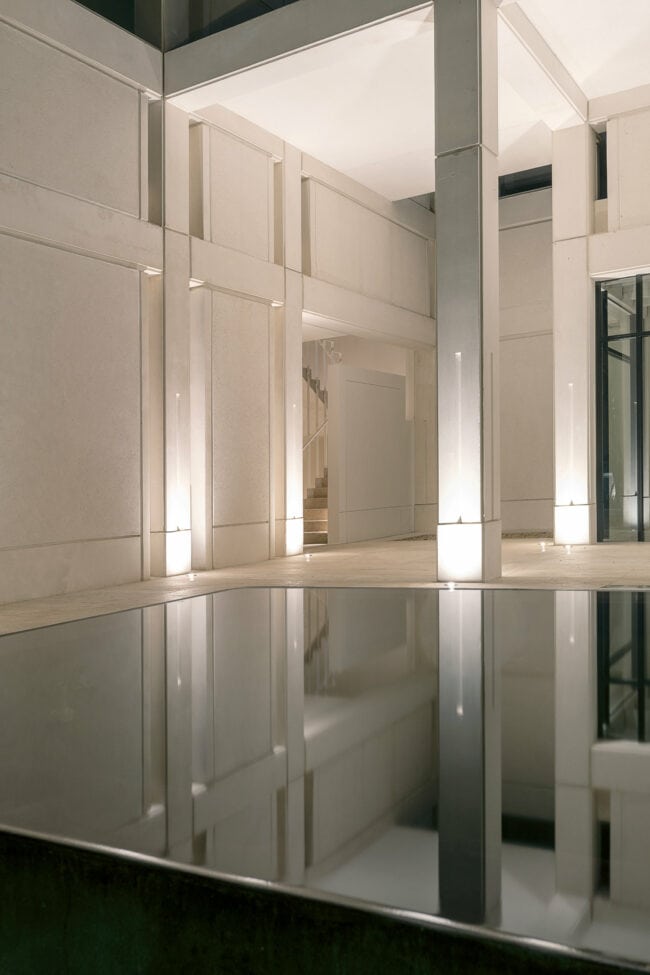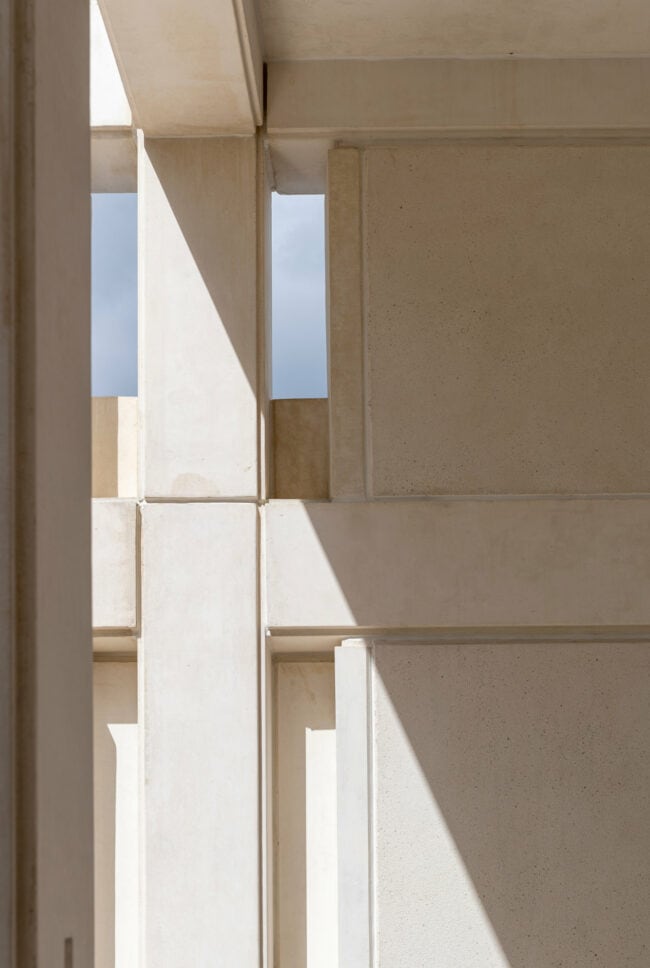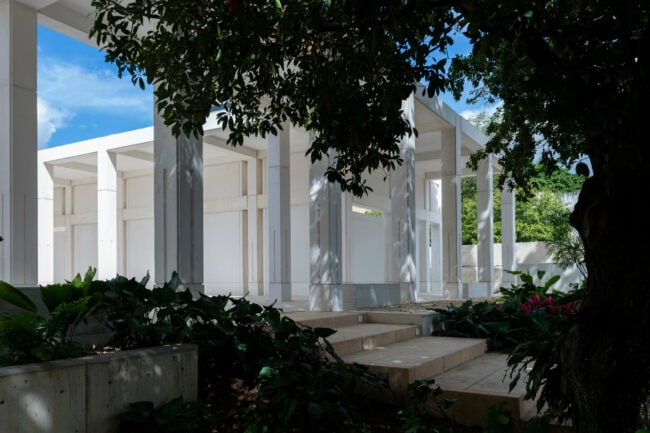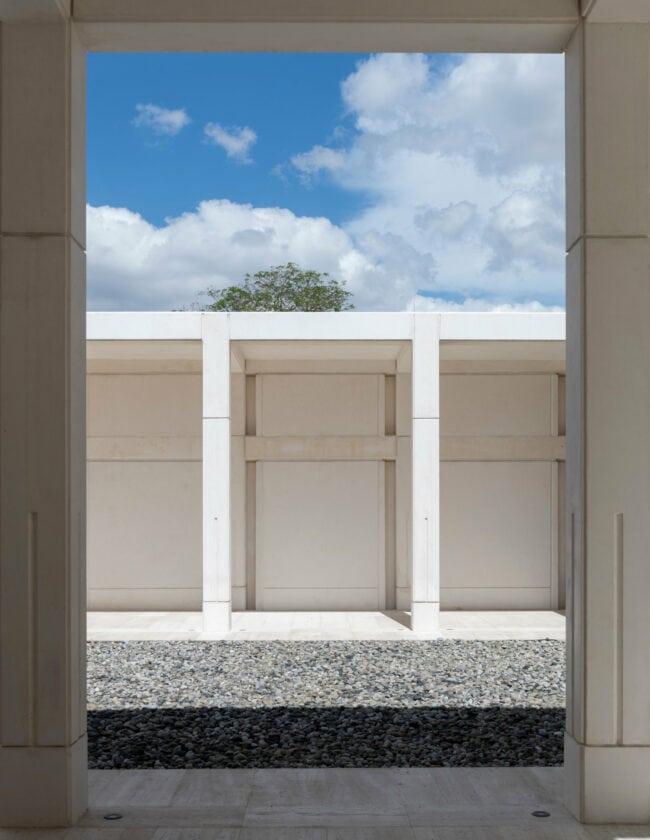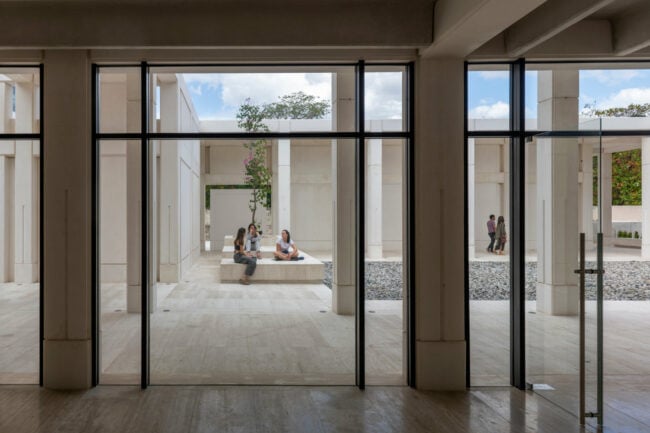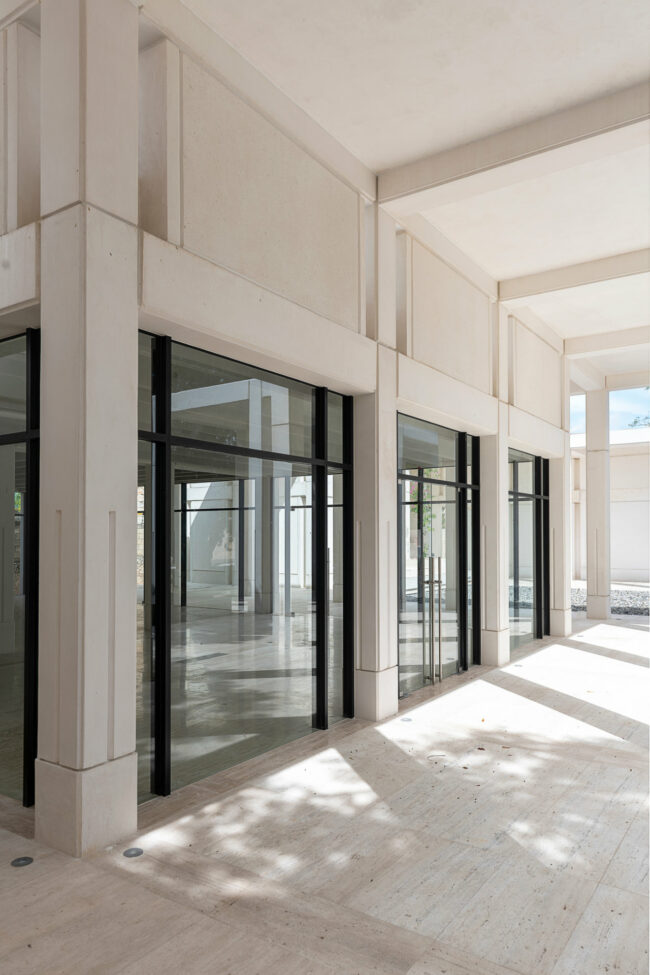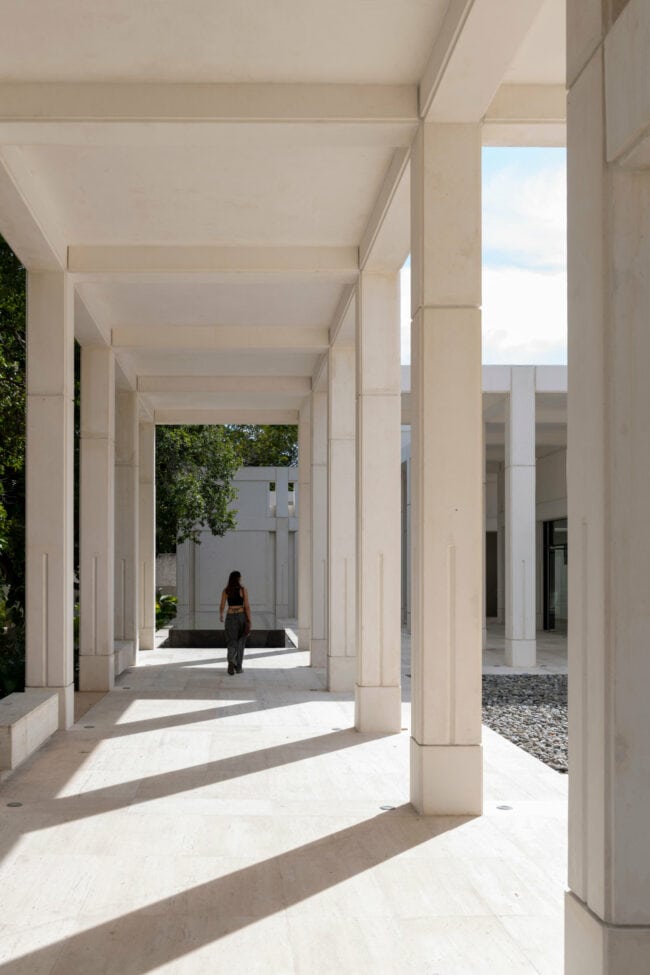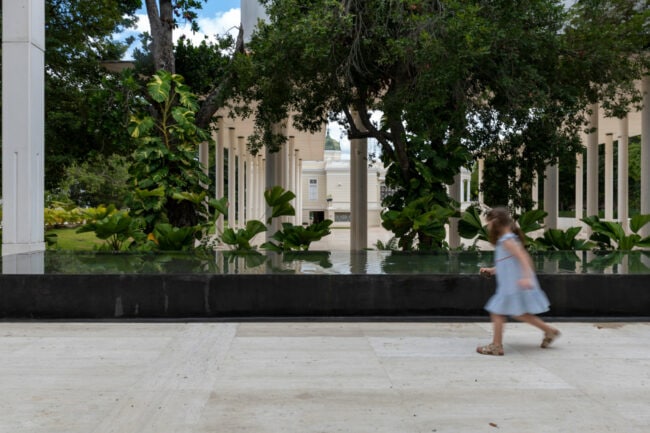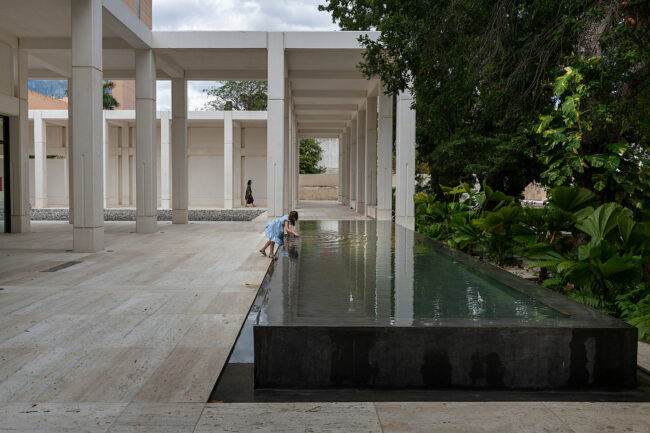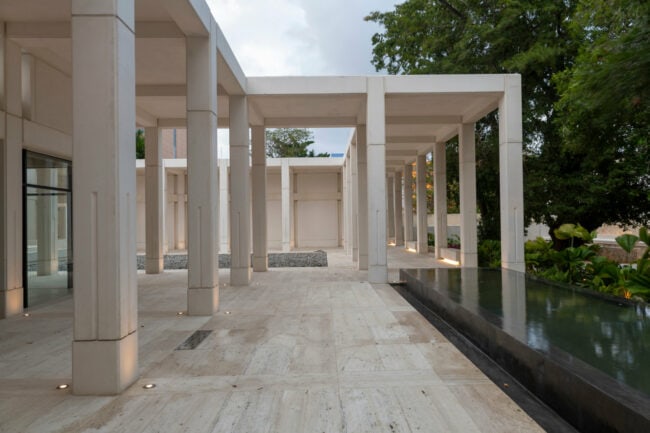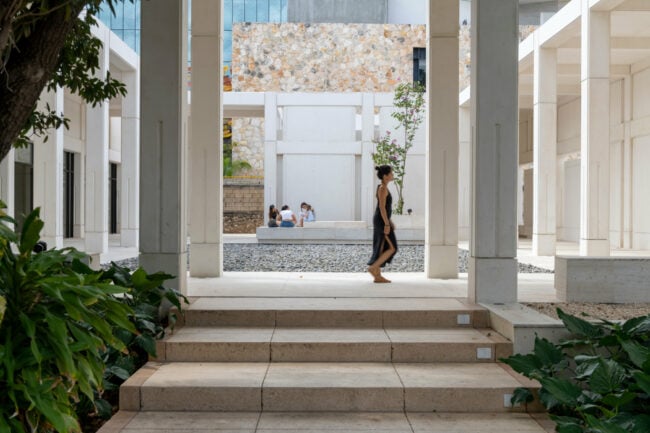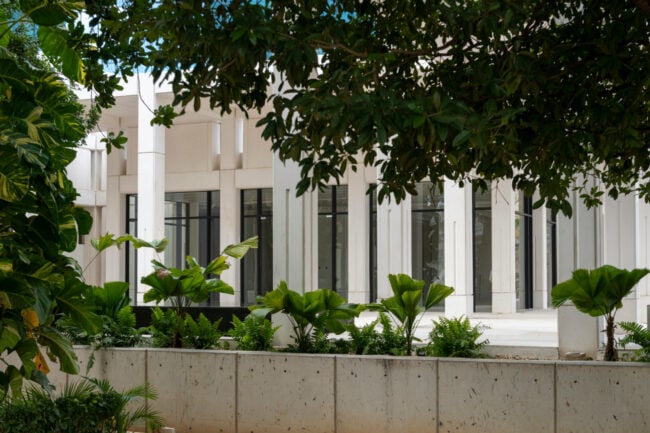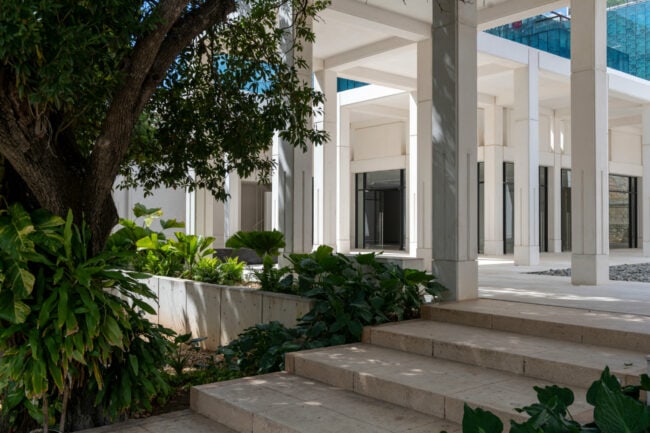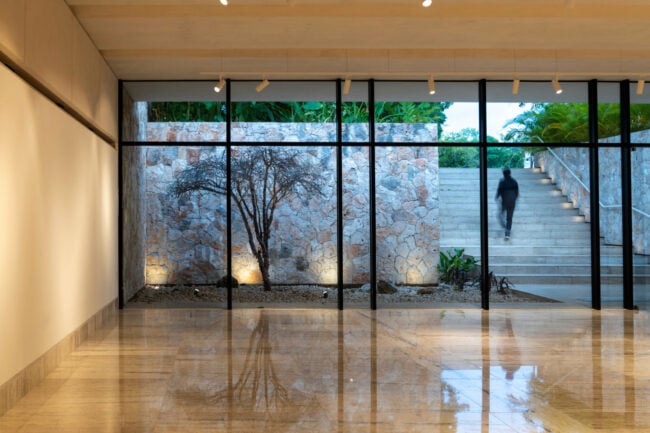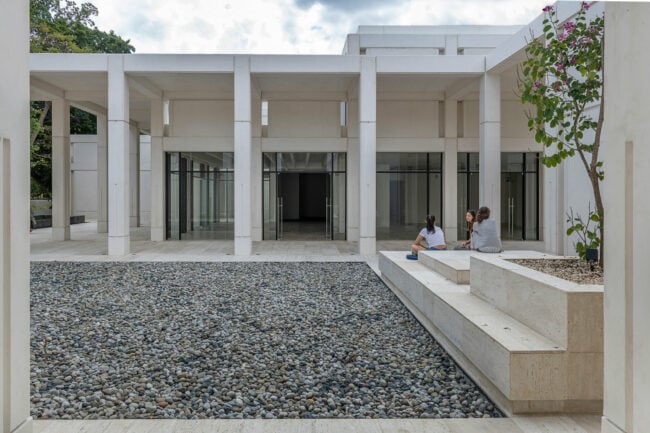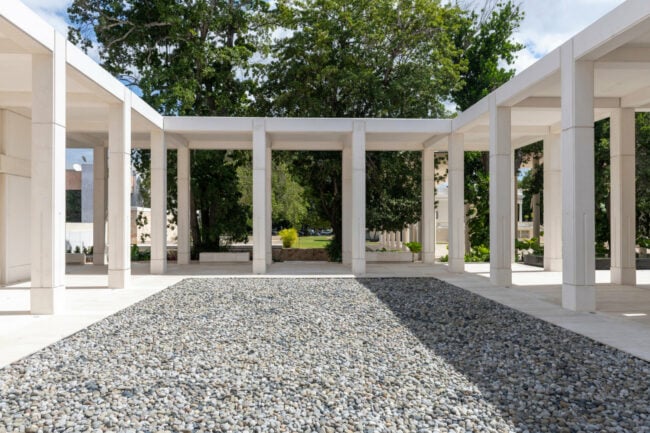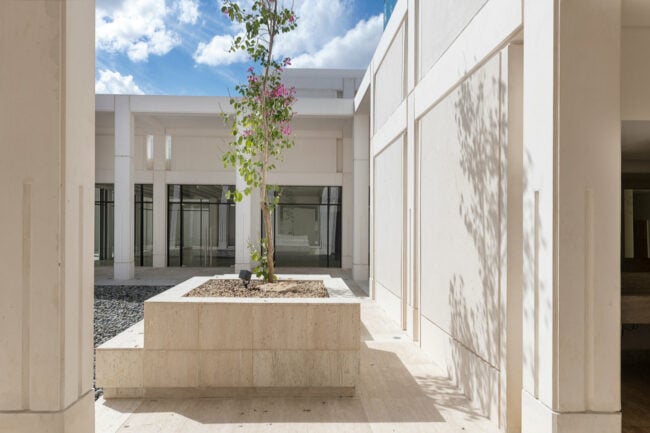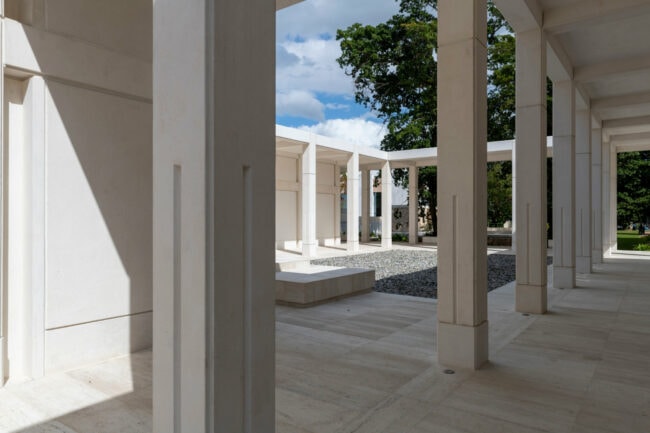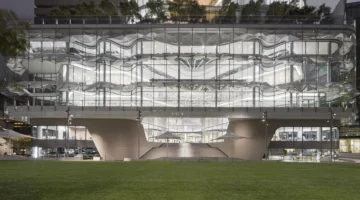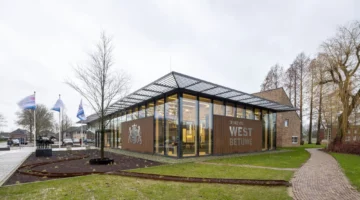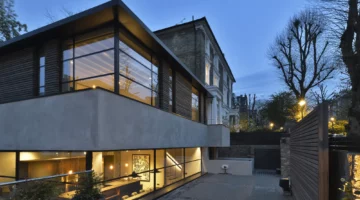This project forms part of the original “Quinta Montes Molina” premises and property, located in Merida, Yucatan, Mexico. The house was originally built in 1906 and became an architectural icon and emblem of Paseo Montejo, the most notorious avenue in the city in which most of the early-century houses were built during the sisal boom.
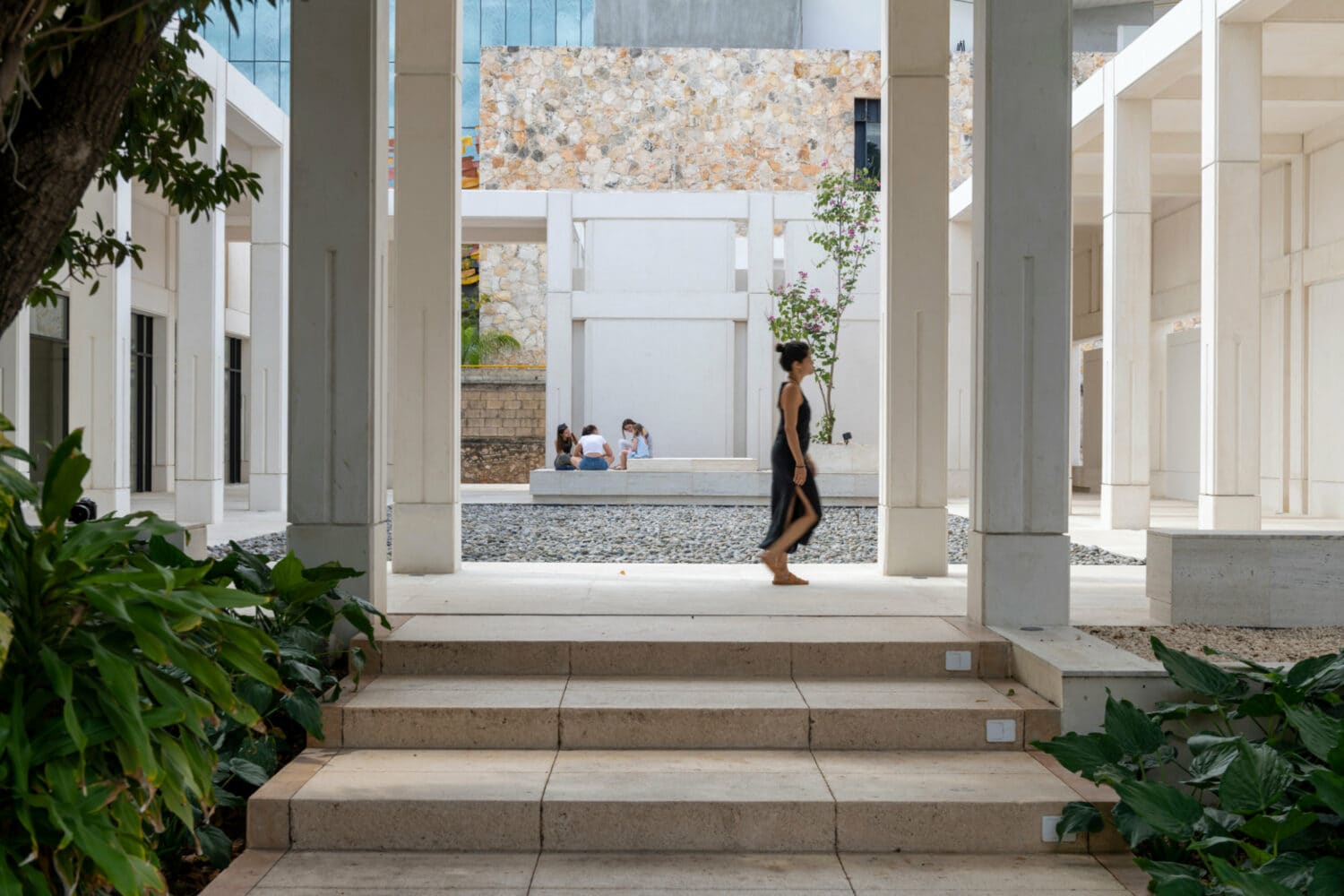
In 2000, the house began holding important social events in its gardens. In 2006, it also opened as a museum, displaying all of its artifacts, original furniture, and works of art. In 2015, Materia was commissioned to design a pavilion for holding social and cultural events, while integrating new architecture into the existing building. The pavilion was subsequently awarded the Silver Medal at the 2015 Architecture Biennale of Mexico City.
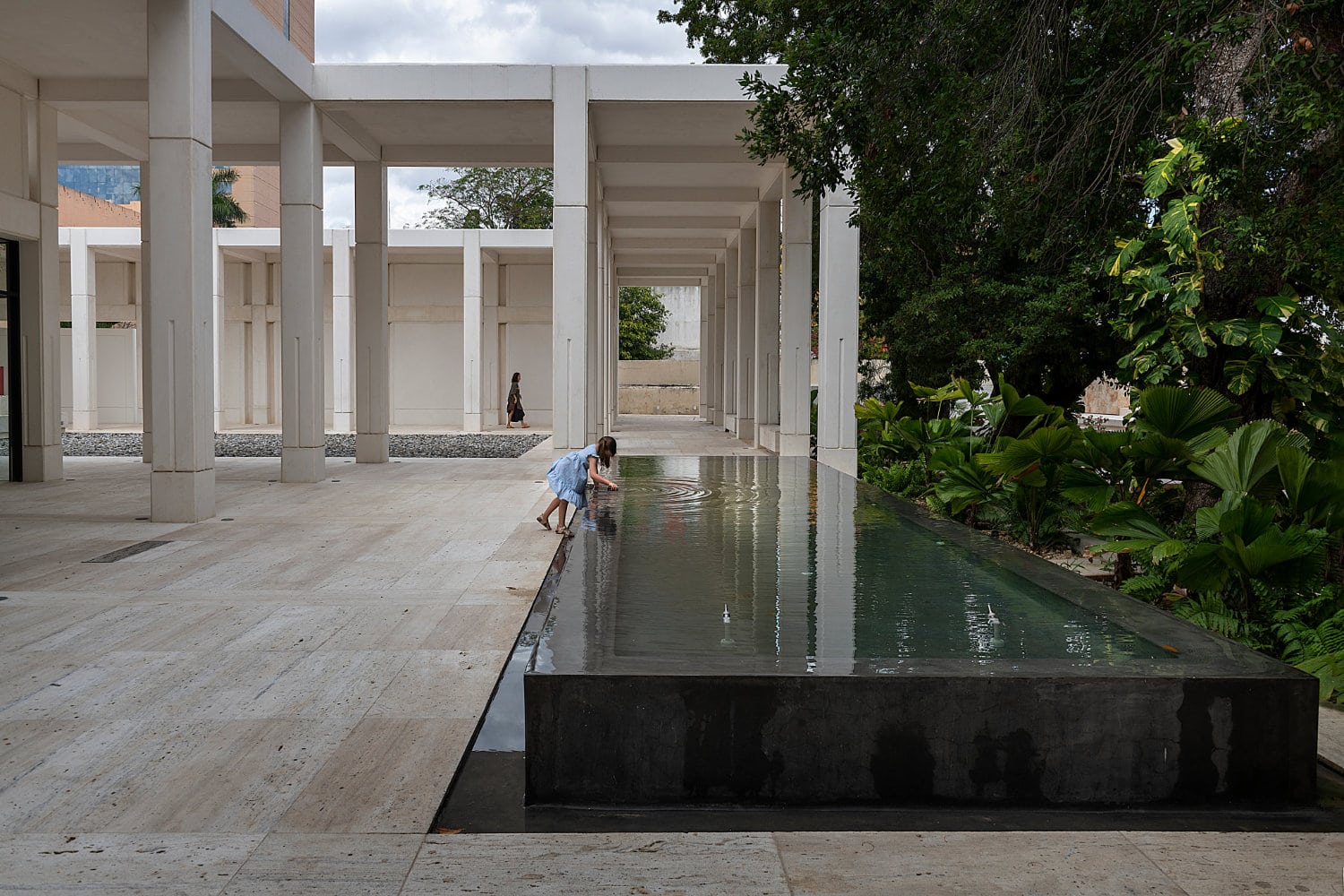
This distinction sparked a change in the vocation of the house, leading the family to become an institution with a role towards culture and community. In 2016, Materia was commissioned to design a parking lot at the back of the property. A series of master plan studies and analyses revealed a larger opportunity to generate value and to expand the house's legacy and offer. Materia proposed a Cultural Center that took 6 years of planning, business modeling, finance, design, and construction. A series of travels and key visits to similar museums in the United States led to a deeper understanding of the programs and spaces that were required for the entirety of the project, while establishing relevant connections with like-minded institutions.
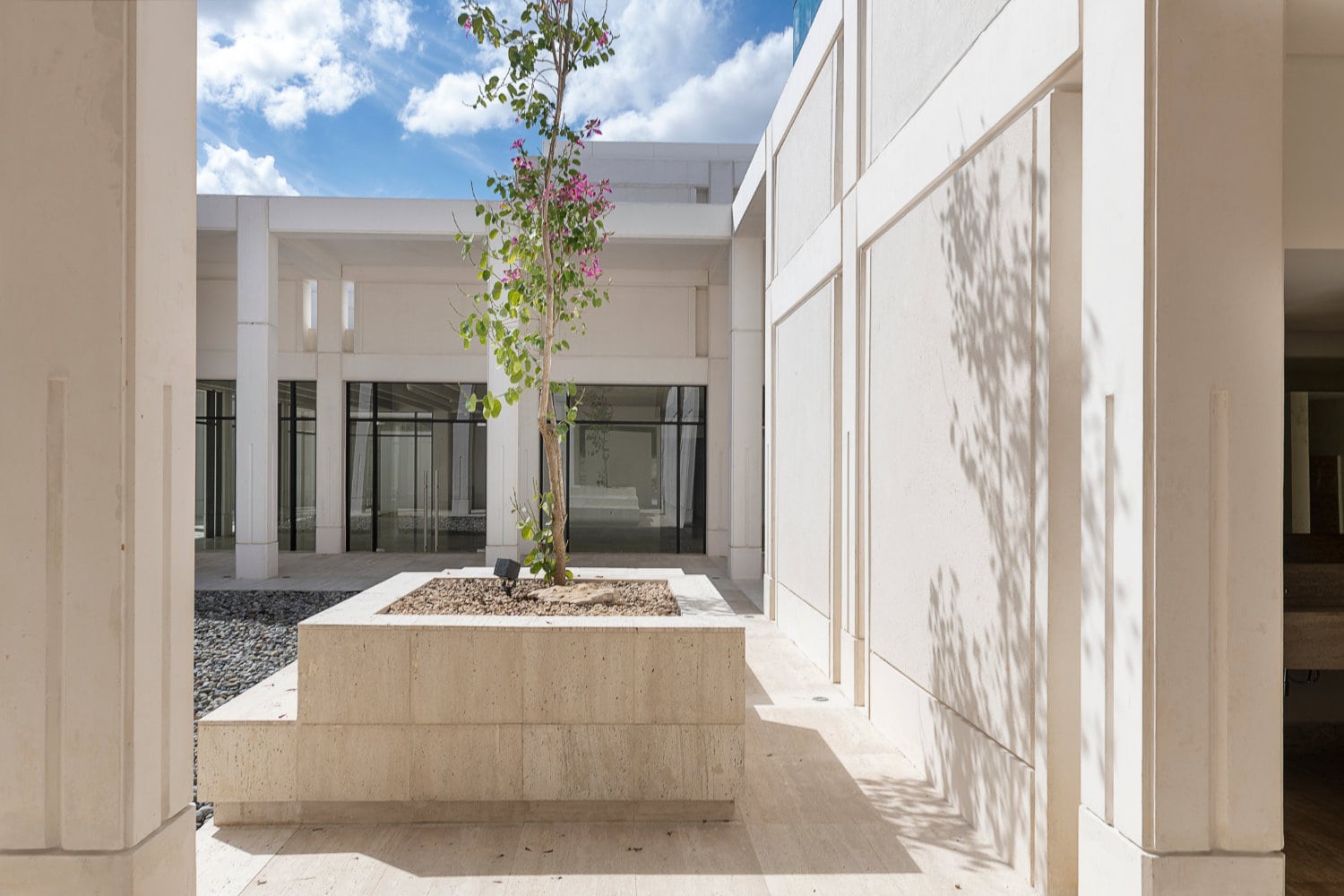
The project is set behind a line of existing old trees, supporting the aim of not being an object, but rather a series of spaces intertwined by portals and thresholds. The columns and porticoes frame views of the gardens, pavilion, and house, creating a central courtyard that envelops a public space. The architectural language is composed and expressed by the structure, communicating its tectonic assembly and creating surfaces to receive light and the projection of shadows in an ever-changing natural environment. All prefab concrete was made locally in collaboration with regional aggregates. The stone is also native to the area. The work of reveals, joinery, and detail into the concrete acts as a reinterpretation of the ornament of the house, while attesting its mounting and fabrication method.
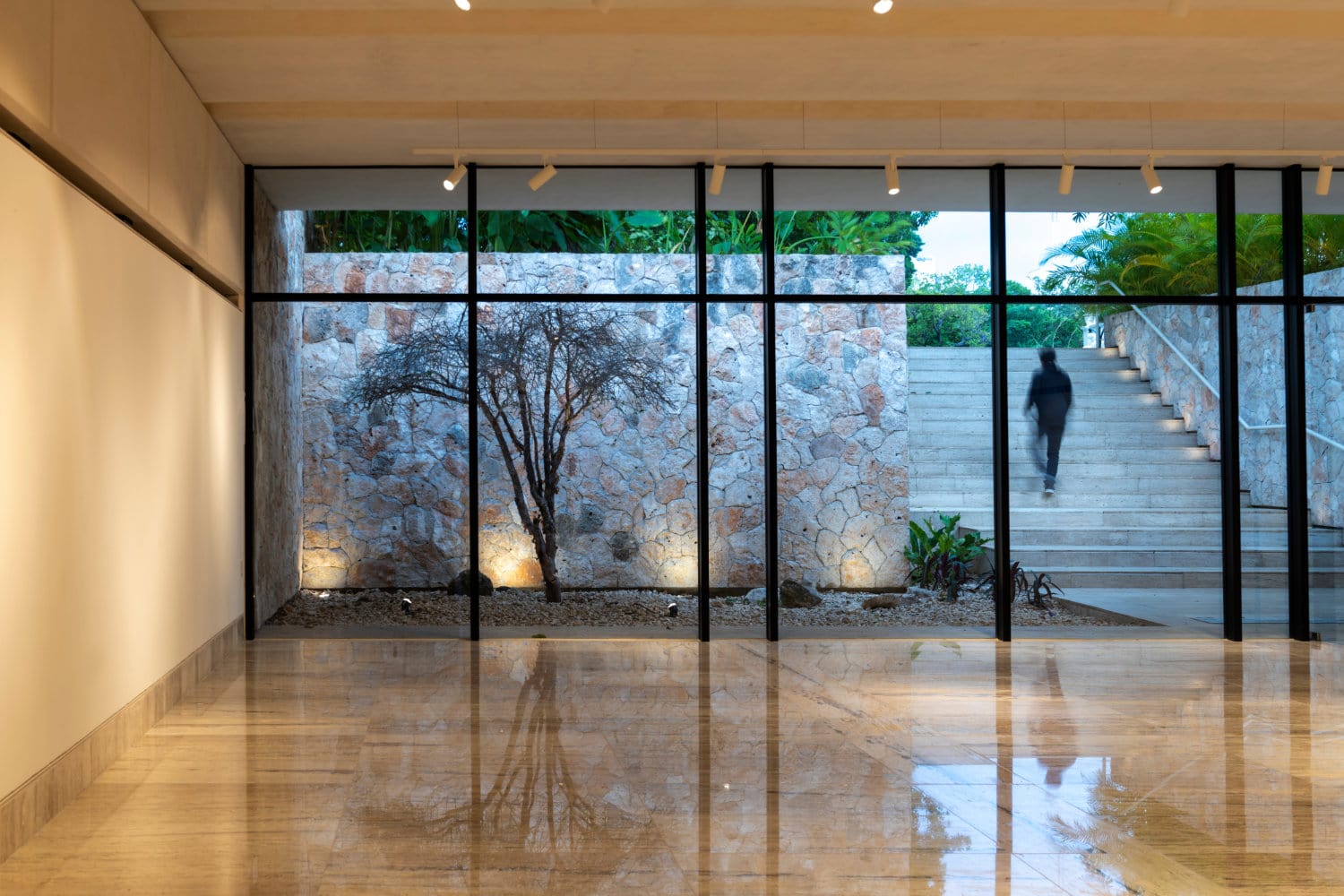
The interior program includes a sunken art gallery, a restaurant, a bookstore (opening Fall 2022), workshop spaces, offices, catering galley spaces, and an art cinema (2024). The art gallery serves as a transitional space between the gardens and the cultural center´s plaza. It also holds an exterior terrace on its roof. Carving this space into the ground helped preserve the gardens' identity and open space around the house and pavilion, while also providing a passive way to manage natural light and interior cooling.
Project Details
Credits:
Team: Karla Uribe, Gustavo Xoxotla, Luis Felipe Márquez, Mathías Henry, Raybel Cueva, Yaatzil Ceballos, Sandra Ciro, Teresa Berumen, Edgar Dzul, Magaly Morales, Miguel Ramírez, María Castelazo.
General Contractor: Opresa
Prefabricated Concrete: Predecon
PM: Yamil Barbosa
Lighting Design: Luca Salas
Landscaping: Gustavo Carmona + Molino Lab + Jarde
